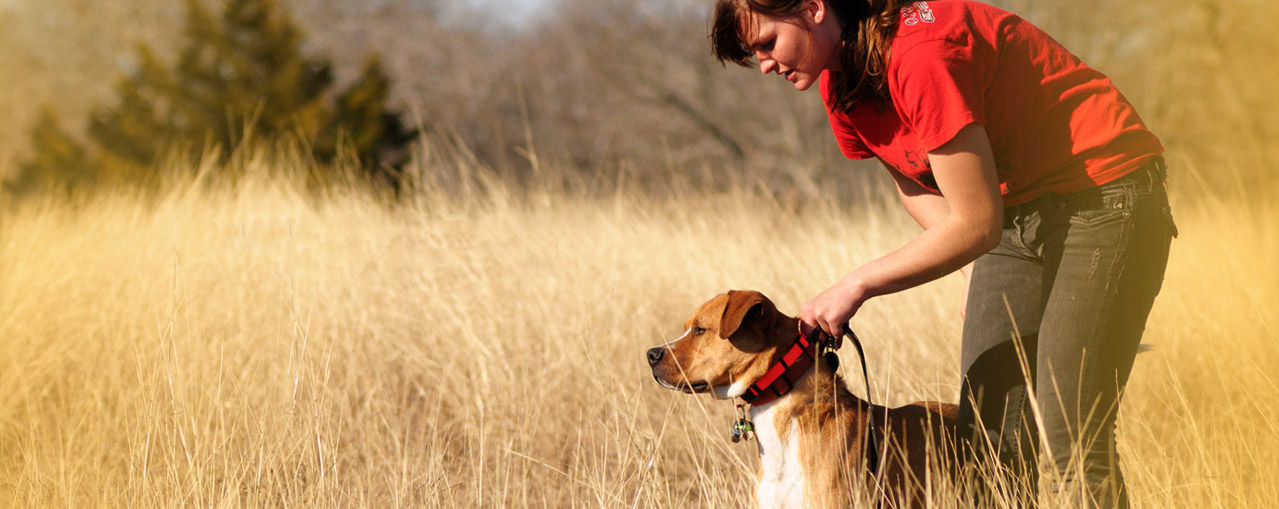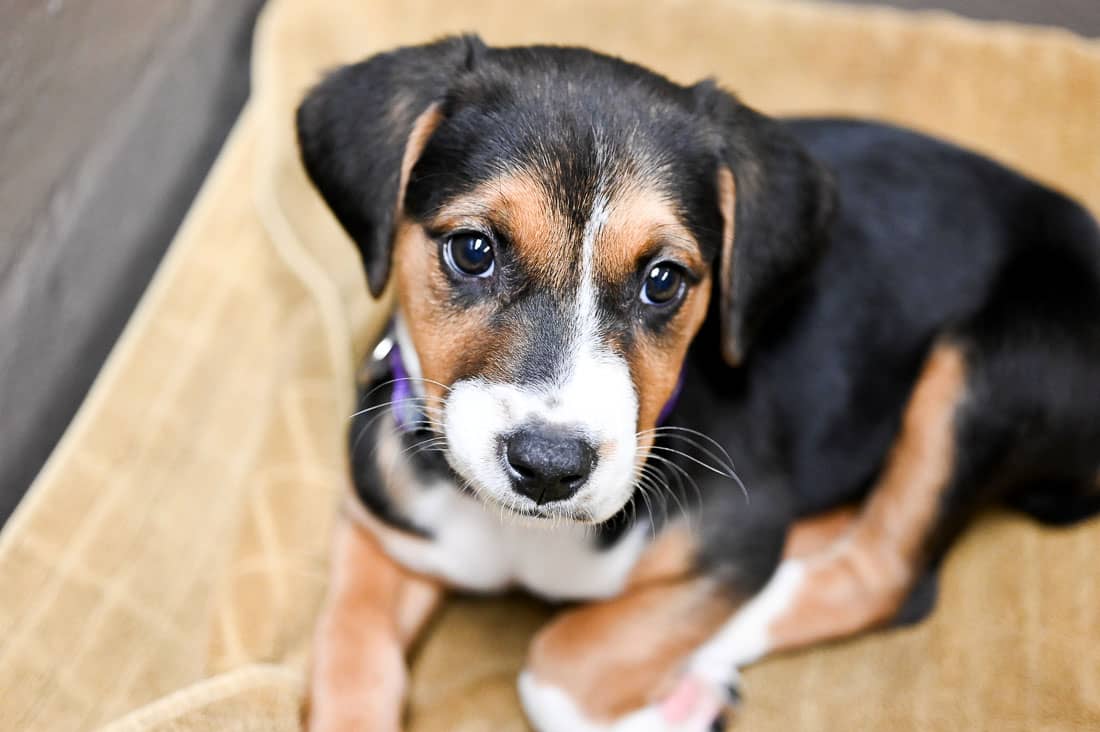Discover the Top Blunders to Avoid in Dog Training
Discover the Top Blunders to Avoid in Dog Training
Blog Article
Essential Tips for Successful Dog Training: A Guide for Family Pet Owners
Reliable canine training is a multifaceted procedure that requires a strategic technique tailored to both the pet dog's character and the owner's goals. Understanding just how to navigate these barriers can considerably boost the training experience, eventually transforming the connection between owner and pet.
Comprehending Canine Habits
Recognizing dog behavior is necessary for reliable training and fostering a harmonious relationship between canines and their owners. dog training. Pet dogs connect largely through body language, vocalizations, and actions, making it important for proprietors to translate these signals precisely.

Socializing plays a substantial duty in pet actions; direct exposure to different atmospheres, people, and various other pets can dramatically affect a dog's personality. Aspects such as breed characteristics and specific character should lead training techniques, as some breeds might have certain behavioral attributes that necessitate customized methods. By understanding these components, owners can develop a helpful environment that motivates positive habits, resulting in effective training results and a much deeper bond with their family pets.
Establishing Constant Commands
Effective interaction with your dog starts with establishing constant commands. This fundamental aspect of training is crucial for cultivating understanding between you and your family pet. Consistency in the commands you utilize guarantees that your canine can accurately associate certain words or expressions with the preferred actions.
When selecting commands, select clear, distinctive words that are easy to claim and differentiate from each other. Prevent making use of similar-sounding commands that may puzzle your pet. For instance, utilizing "sit" and "stay" is suitable, but "rest" and "struck" might lead to misconceptions.
Additionally, maintain the exact same tone and quantity for each and every command. Pets are delicate to singing hints, so varying your tone can produce complication.
It is equally essential to make sure that all relative are on the exact same web page regarding the commands used. A united front in command use will prevent combined signals and reinforce the learning procedure.
Positive Support Techniques
The power of positive reinforcement in canine training hinges on its capacity to motivate desired actions through rewards and praise. This strategy is based in the concept that actions complied with by desirable end results are extra most likely to be repeated. By integrating favorable support right into your training regimen, you can effectively form your dog's actions in a constructive manner.
To execute positive support, it's vital to identify what motivates your pet dog, whether it be treats, playthings, or verbal appreciation. When your canine performs a desired activity, such as resting on command, quickly compensate them with a treat or love. This organization in between the command and the favorable result reinforces their understanding.
It's vital to timing the benefits correctly; providing the reinforcement within seconds of the preferred behavior aids your pet dog make the link (dog training). Additionally, consistency is essential-- guarantee that all member of the family utilize the same commands and reward systems to prevent complication

Progressively, you can decrease the regularity of deals with as your pet dog finds out the actions, transitioning to praise or intermittent incentives. This method not only promotes a strong bond between you and your dog but likewise promotes a favorable knowing atmosphere, making training a delightful experience for both.
Socialization and Communication
Constantly subjecting your pet to a selection of atmospheres, individuals, and various other pets is essential for their social growth. Socializing needs to start early, preferably during the important window of 3 to 14 weeks, when puppies are most responsive to new experiences. Older pets can additionally benefit from ongoing socialization efforts.
Present your pet to different setups, such as parks, pet-friendly shops, and city locations. see this page This exposure aids them adapt to numerous stimulations, lowering anxiety and anxiety responses. Encourage favorable communications with various other pets and people, making sure that these encounters are regulated and secure to promote confidence.
Use organized playdates with genteel canines, as this can improve your pet's social abilities and educate them proper behavior. Obedience classes and training sessions additionally give excellent opportunities for socializing, allowing your pet to communicate with others in a monitored setting.
Screen your pet's body language during communications, as this will certainly assist you gauge their convenience degree. Gradually boost direct exposure to even more tough situations while making certain that each experience declares. A well-socialized pet visit this web-site dog is most likely to display balanced actions, making them a joy to have in any kind of setting.
Dealing With Common Training Obstacles
Every dog owner will encounter training obstacles eventually, regardless of their dog's age or socializing level. Recognizing common concerns such as stubbornness, distractions, and terror can help in creating effective methods for enhancement.

Gradually present distractions as the pet dog becomes a lot more proficient in commands. Short, regular training sessions are also effective in preserving interest.
Fearfulness can prevent a dog's knowing procedure. Steady desensitization to the source of anxiety, coupled with positive reinforcement, can help reduce anxiousness. Perseverance is crucial; never require a pet right into a situation that triggers distress, as this might aggravate the issue.
Ultimately, understanding and attending to these usual obstacles with an organized approach will foster a much more efficient training experience, reinforcing the bond between pet and owner while promoting reliable learning.
Conclusion
In summary, effective pet dog training counts on a detailed understanding of canine habits, the establishment of consistent commands, and the application of positive reinforcement methods. Socialization plays a vital duty in developing well-adjusted pets, while attending to usual training home difficulties calls for persistence and adaptability. By executing these essential techniques, pet dog owners can foster a solid bond with their dogs and advertise desirable habits, inevitably causing an unified connection between human beings and their canine companions.
Understanding dog behavior is necessary for reliable training and fostering an unified relationship between dogs and their owners.Socializing plays a considerable role in pet dog behavior; direct exposure to different atmospheres, people, and other animals can substantially affect a pet's temperament.The power of positive reinforcement in canine training exists in its capacity to encourage preferred behaviors via benefits and appreciation. By including favorable reinforcement right into your training program, you can efficiently shape your pet's habits in a positive fashion.
In recap, effective pet dog training relies on a detailed understanding of canine habits, the establishment of constant commands, and the application of positive support strategies.
Report this page